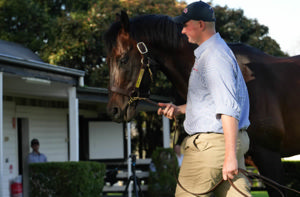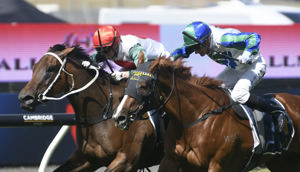Amongst the numerous financial and tax initiatives the Government has announced recently in relation to Covid-19, the one that has really captured the imagination of my clients is the increase to the instant asset write-off threshold.
The most queries we have had on this initiative is how it relates to cars/motor vehicles used in a business. More specifically, is a new (or proposed) car/motor vehicle acquisition eligible?
It has really surprised many of my industry clients that not all motor vehicles can get the full write-off if they are acquired for $150,000 or below; due the fact that the particular motor vehicle is defined as a “car” under the Tax Act. Yes, tax law does have a definition for a “car” as it is required to assist the operation of many tax areas, such as FBT, GST, car deduction rules etc.
This article will clarify exactly what motor vehicles can get the full benefit of the higher $150,000 threshold under the new instant asset write-off.
Overview - Increasing the instant asset write off
The government has increased the threshold for the instant asset write off from $30,000 to $150,000 and expand access to businesses with an aggregated annual turnover of up to $500 million (up from $50 million).
Noted - the increase will only be available for vehicles acquired from 12 March to 30 June 2020 for new or second-hand assets first used or installed ready for use by 30 June 2020.
Can all business motor vehicles be written-off up to $150,000?
Here’s the catch – to automatically qualify for a full deduction, the motor vehicle must be outside the definition of “car” at tax law. This definition is:
A “car” is a motor vehicle designed to carry a load of less than one tonne and fewer than nine passengers
Accordingly, your standard car or luxury vehicle, including four-wheel drives, are generally outside this definition, thus the amount they can write-off is limited to the yearly “car depreciation cost limit” published by the ATO. In this FY2020 financial year, the limit is $57,581 (excluding GST).
Example 1 – Four-wheel drive where write-off limited
A stud farm acquires a business vehicle for $70,000. Though it is a large four-wheel drive, it can only carry a load of less than one tonne and 7 passengers. Accordingly, it is defined as a “car” at tax law.
The maximum write-off for this vehicle under the instant asset write-off is limited to $57,581, the balance beyond that $12,419 ($70,000 less $57,581) cannot be depreciated under any other depreciation rules.
Example 2 – Ute gets full write-off
The same stud farm acquires a new utility that is top of the range, costing $80,000. It can carry well in excess of one tonne, thus regardless of how many passengers it can carry, it is not a “car” at tax law (it has to meet both of the above criteria to be a “car”).
As it is a motor vehicle that is not a “car”, the full $80,000 can be fully written-off as the $80,000 cost is below the $150,000 threshold.
If you wish to expand or clarify on any of the above matters raised above, please do not hesitate to contact me.
Prepared by:
PAUL CARRAZZO CA
CARRAZZO CONSULTING PTY LTD
801 Glenferrie Road, Hawthorn, VIC, 3122
TEL: (03) 9982 1000
FAX: (03) 9329 8355
MOB: 0417 549 347
E-mail: paul.carrazzo@carrazzo.com.au
Web Site: www.carrazzo.com.au










